The new study demonstrates the ability to learn new skills without conscious effort.
Researchers have developed a groundbreaking technique using brain imaging and neurofeedback to induce learning without conscious effort.
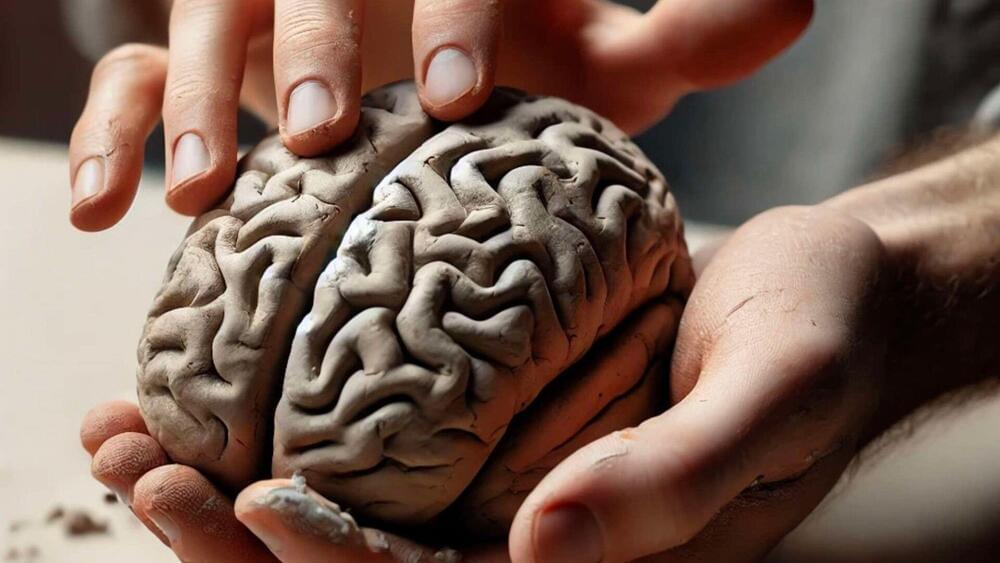
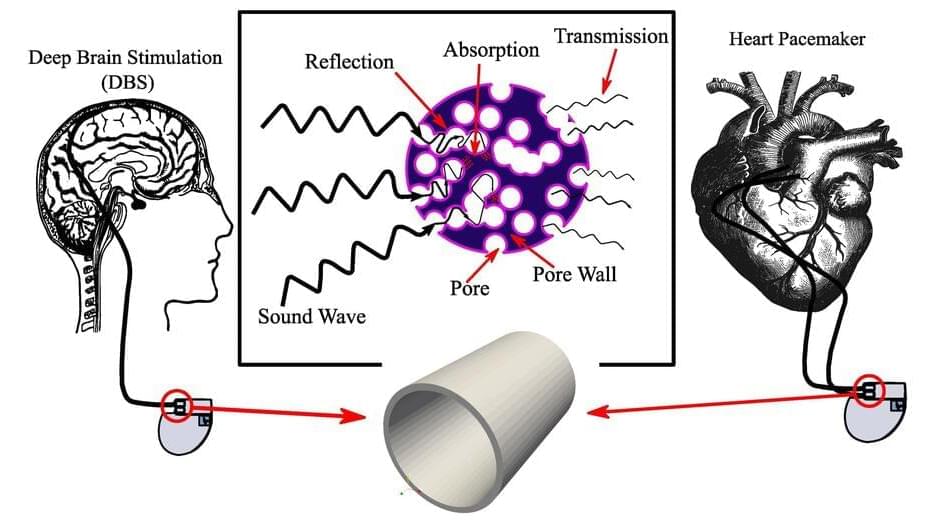
Two years ago, a medical professional approached scientists at the University of Tabriz in Iran with an interesting problem: Patients were having headaches after pacemaker implants. Working together to investigate, they began to wonder if the underlying issue is the materials used in the pacemakers.
“Managing external noise that affects patients is crucial,” author Baraa Chasib Mezher said. “For example, a person with a brain pacemaker may experience interference from external electrical fields from phones or the sounds of cars, as well as various electromagnetic forces present in daily life. It is essential to develop novel biomaterials for the outlet gate of brain pacemakers that can effectively handle electrical signals.”
In an article published this week in AIP Advances, Mezher, who is an Iraqi doctoral student studying in Iran, and her colleagues at the Nanostructured and Novel Materials Laboratory at the University of Tabriz created organic materials for brain and heart pacemakers, which rely on uninterrupted signal delivery to be effective.
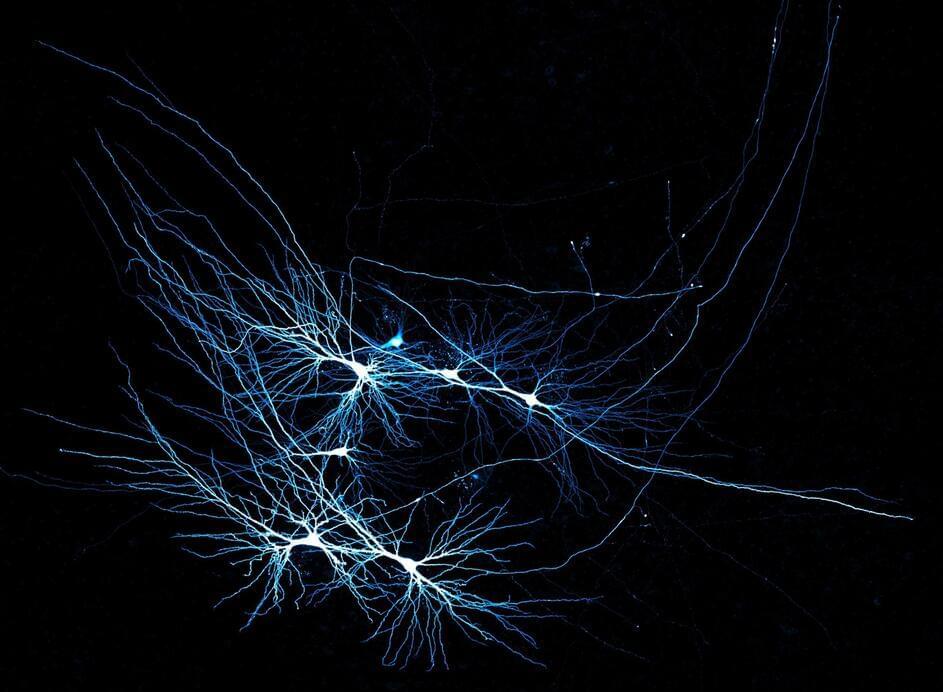
The black box of the human brain is starting to open. Although animal models are instrumental in shaping our understanding of the mammalian brain, scarce human data is uncovering important specificities.
In a paper published in Cell, a team led by the Jonas group at the Institute of Science and Technology Austria (ISTA) and neurosurgeons from the Medical University of Vienna shed light on the human hippocampal CA3 region, central for memory storage.
Many of us have relished those stolen moments with a grandparent by the fireplace, our hearts racing to the intrigues of their stories from good old times, recounted with vivid imagery and a pinch of fantasy.
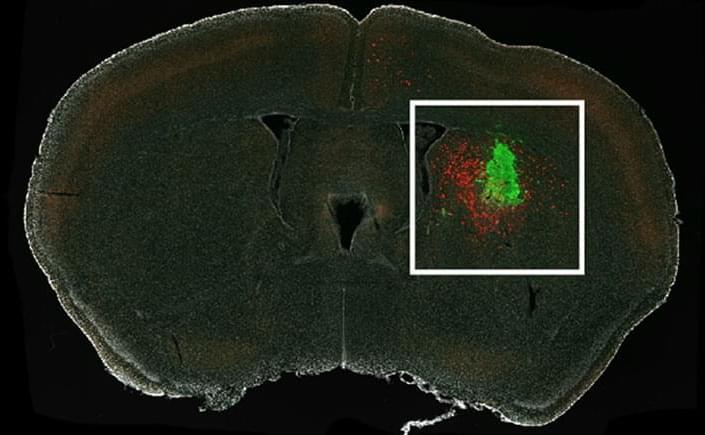

Black holes have long fascinated scientists, known for their ability to trap anything that crosses their event horizon. But what if there were a counterpart to black holes? Enter the white hole—a theoretical singularity where nothing can enter, but energy and matter are expelled with immense force.
First proposed in the 1970s, white holes are essentially black holes in reverse. They rely on the same equations of general relativity but with time flowing in the opposite direction. While a black hole pulls matter in and lets nothing escape, a white hole would repel matter, releasing high-energy radiation and light.
Despite their intriguing properties, white holes face significant scientific challenges. The laws of thermodynamics, particularly entropy, make it improbable for matter to move backward in time, as white holes would require. Additionally, introducing a singularity into the Universe without a preceding collapse defies current understanding of cosmic evolution.

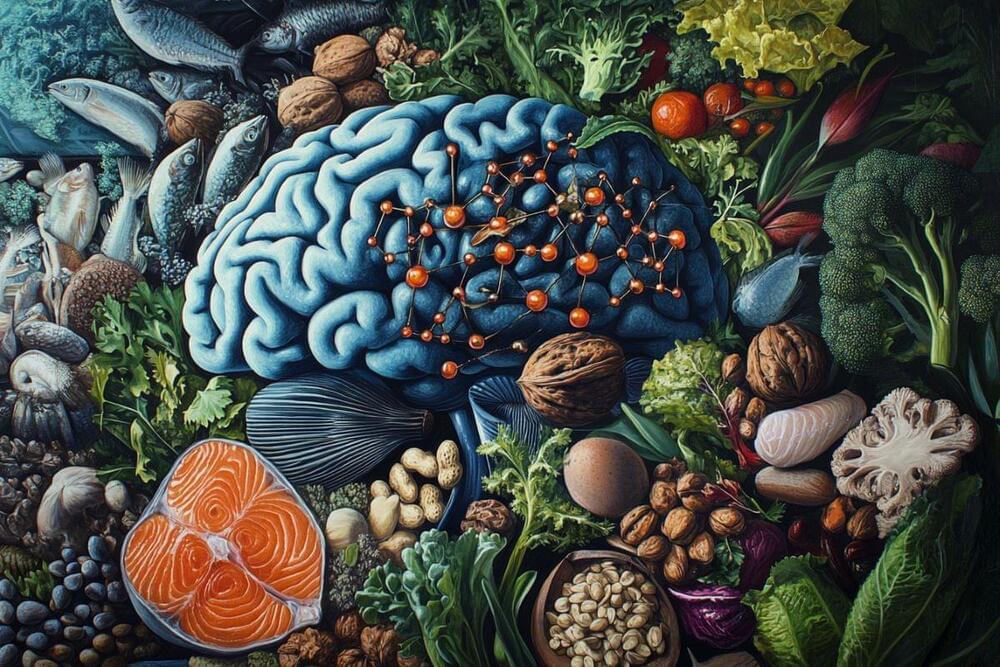
Summary: New research suggests that certain nutrients may lower iron buildup in the brain, a factor linked to cognitive decline in aging. Excess non-heme iron, which accumulates over time, contributes to oxidative stress and can impair memory and executive function.
Over three years, participants with higher intake of antioxidants, vitamins, and iron-chelating nutrients showed less brain iron accumulation and better cognitive performance. These findings highlight the potential of diets like the Mediterranean or DASH to support brain health and combat age-related cognitive decline.
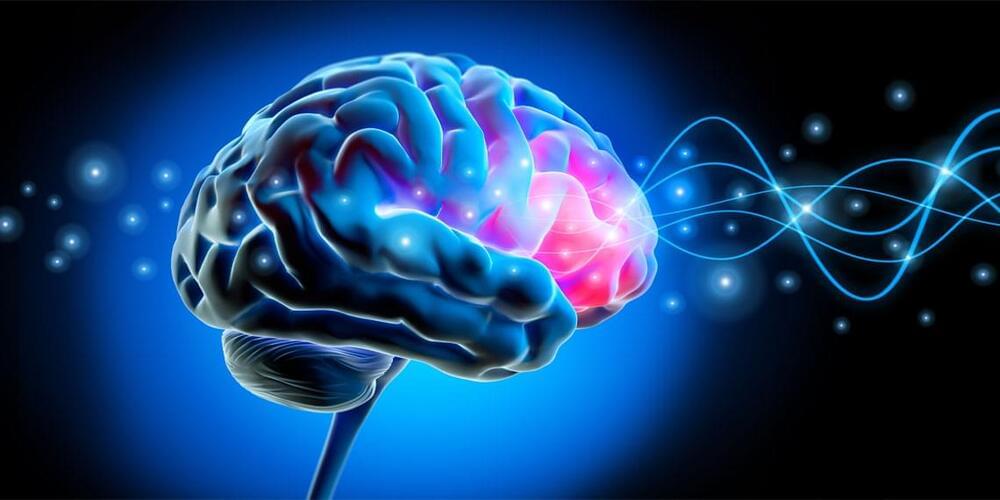
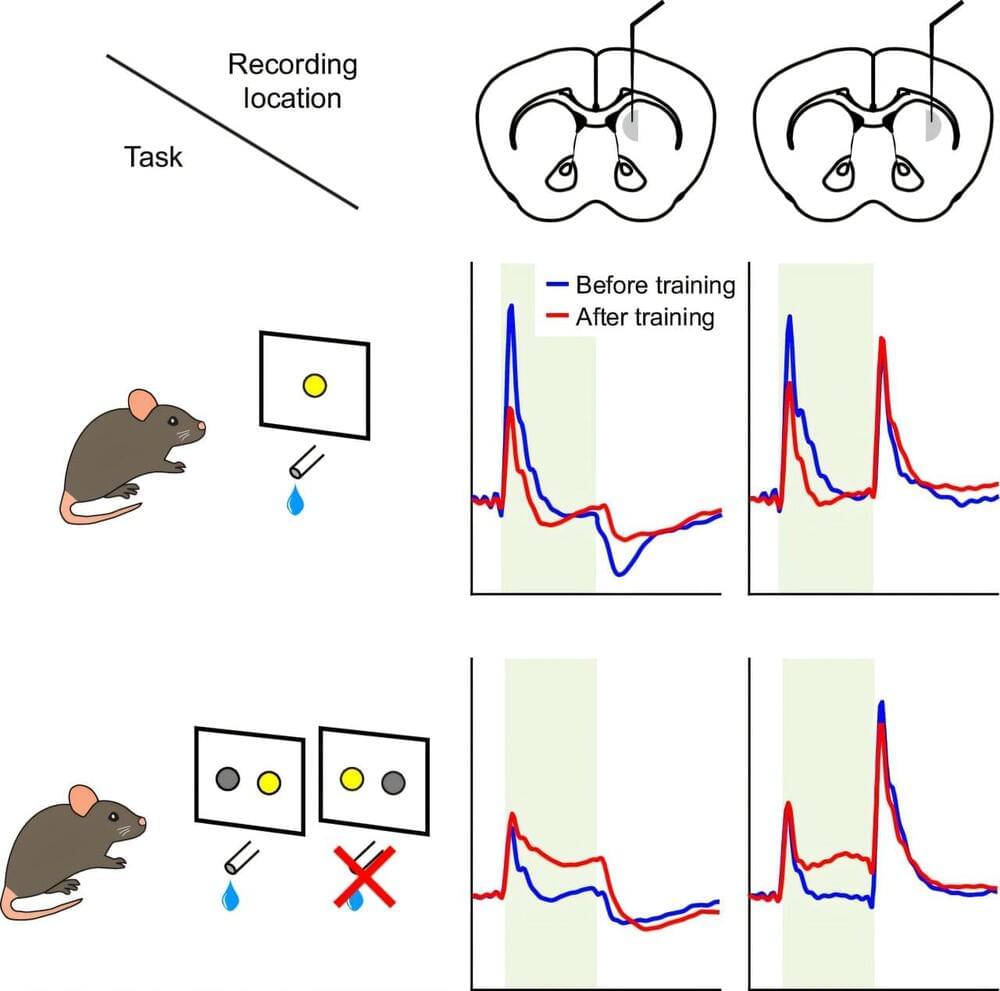
Dopamine is a powerful signal in the brain, influencing our moods, motivations, movements, and more. The neurotransmitter is crucial for reward-based learning, a function that may be disrupted in a number of psychiatric conditions, from mood disorders to addiction.
Now, researchers led by MIT Institute Professor Ann Graybiel have found surprising patterns of dopamine signaling that suggest neuroscientists may need to refine their model of how reinforcement learning occurs in the brain. The team’s findings were published recently in the journal Nature Communications.
Dopamine plays a critical role in teaching people and other animals about the cues and behaviors that portend both positive and negative outcomes; the classic example of this type of learning is the dog that Ivan Pavlov trained to anticipate food at the sound of bell.
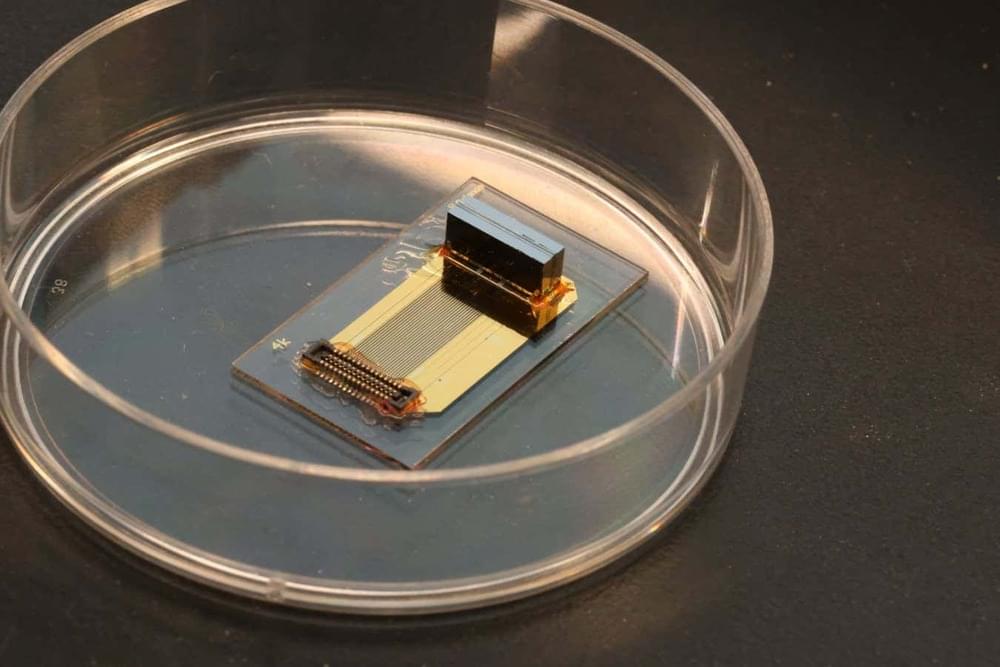
In a unique demonstration of brain implants that incorporate living cells, the devices were able to connect with the brains of live mice.
By Jeremy Hsu